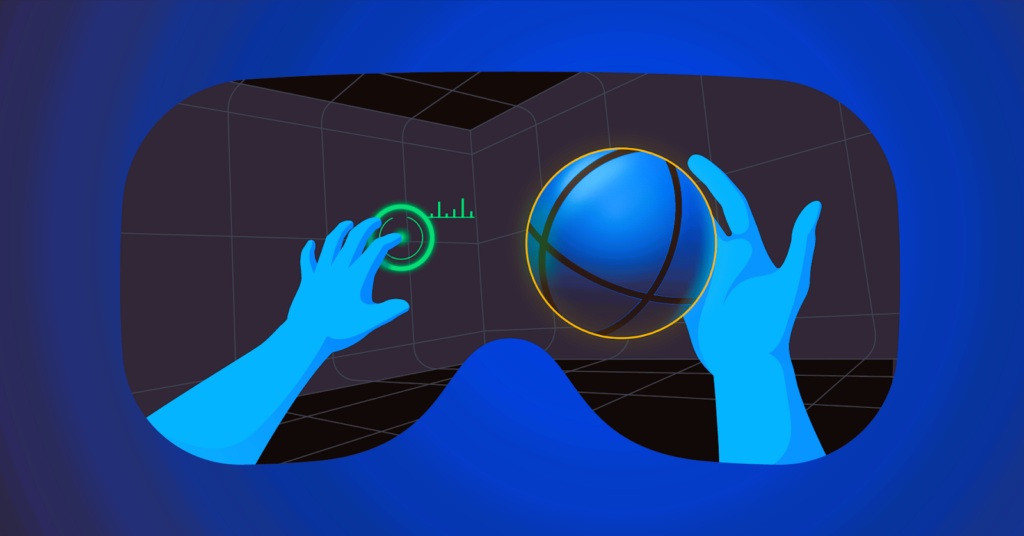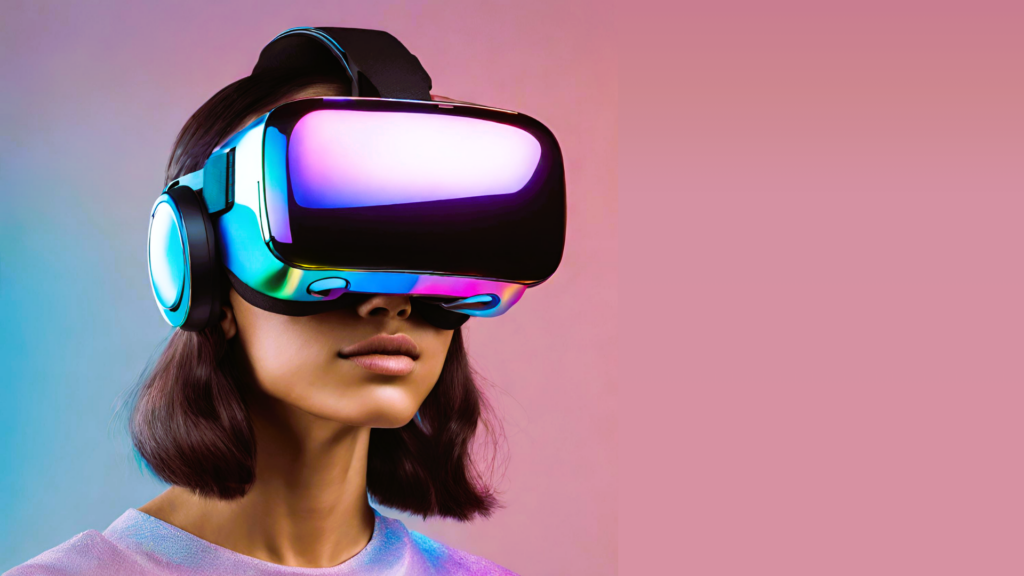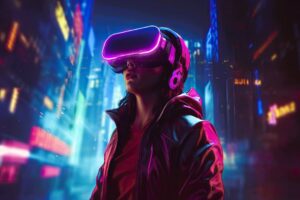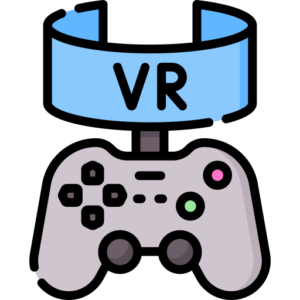VR game design immerses users in alternate realities, making them feel truly present in virtual environments. Over the past decade, France has seen significant advancements in virtual reality. Contributing to this growth, a group of French researchers authored “The Fact of Virtual Reality.” This comprehensive document aims to gather extensive information on the progress within this field.
Defining Virtual Reality
Virtual reality (VR) is an interactive experience where users engage with a computer-generated environment, interacting with virtual entities and elements through advanced techniques and tools. The ultimate goal of VR is to enable users to perform sensorimotor, cognitive, and/or symbolic activities to model certain aspects of the real world. It’s important to note that VR aims to replicate aspects of reality, not to create an identical copy of the real world.

VR’s value lies in its ability to simulate and modify parts of the real world, aligning with specific goals set during application development. Originating from military and civilian simulations, VR systems differ from traditional simulators as they simulate the entire experience rather than using real-world components.
The Role of Peripherals in VR
Peripherals are crucial in VR as they enhance the user’s sense of presence in the virtual world. Sensorimotor interfaces allow users to interact with simulated objects and phenomena as if they were real. Consequently, the capabilities and potential of VR heavily depend on technological advancements. Despite significant progress in computing power, it remains a limiting factor. Currently, VR integrates fields of science, technology, humanities, and life sciences to address three critical issues:
- Simulating human activities in real and virtual environments.
- Developing interfaces for immersion and interaction in virtual settings.
- Simulating and implementing virtual environments.
The Interdisciplinary Nature of VR
VR represents a new multimodal approach requiring expertise in engineering and cognitive sciences. This emerging field offers promising opportunities in education, healthcare, urban planning, scientific modeling, and industry. In the long term, VR is poised to become a distinct sector.
Contrary to common belief, VR surpasses traditional virtual environments by facilitating user interaction with the virtual world. This necessitates establishing a dialogue between humans and machines, encompassing a cycle of “perception, cognition, action.” Users perceive the virtual world through tactile interfaces, perform actions, and receive feedback, creating an immersive experience.
Ensuring Effective VR Systems

For a VR system to be effective, it must offer a certain level of interactivity, tailored to the specific application. Two critical aspects that need to be managed are delay and sensorimotor mismatches.
The purpose of VR extends beyond cognitive immersion; it aims to enable specific activities. A key question in VR system development is: what actions should the user perform? In an interactive virtual environment, users utilize real-life experiences to organize the virtual setting according to spatial, temporal, and causal rules. This natural behavior has been studied by psychologists, highlighting the concept of patterns—mental structures of actions that are transmitted or generalized when repeated under similar circumstances.
Regardless of the VR application, user actions can be categorized into several “virtual behavioral primitives” (VPCs) or basic behaviors, which fall into four categories: observation, movement and interaction within the world, and communication with others or the application.


